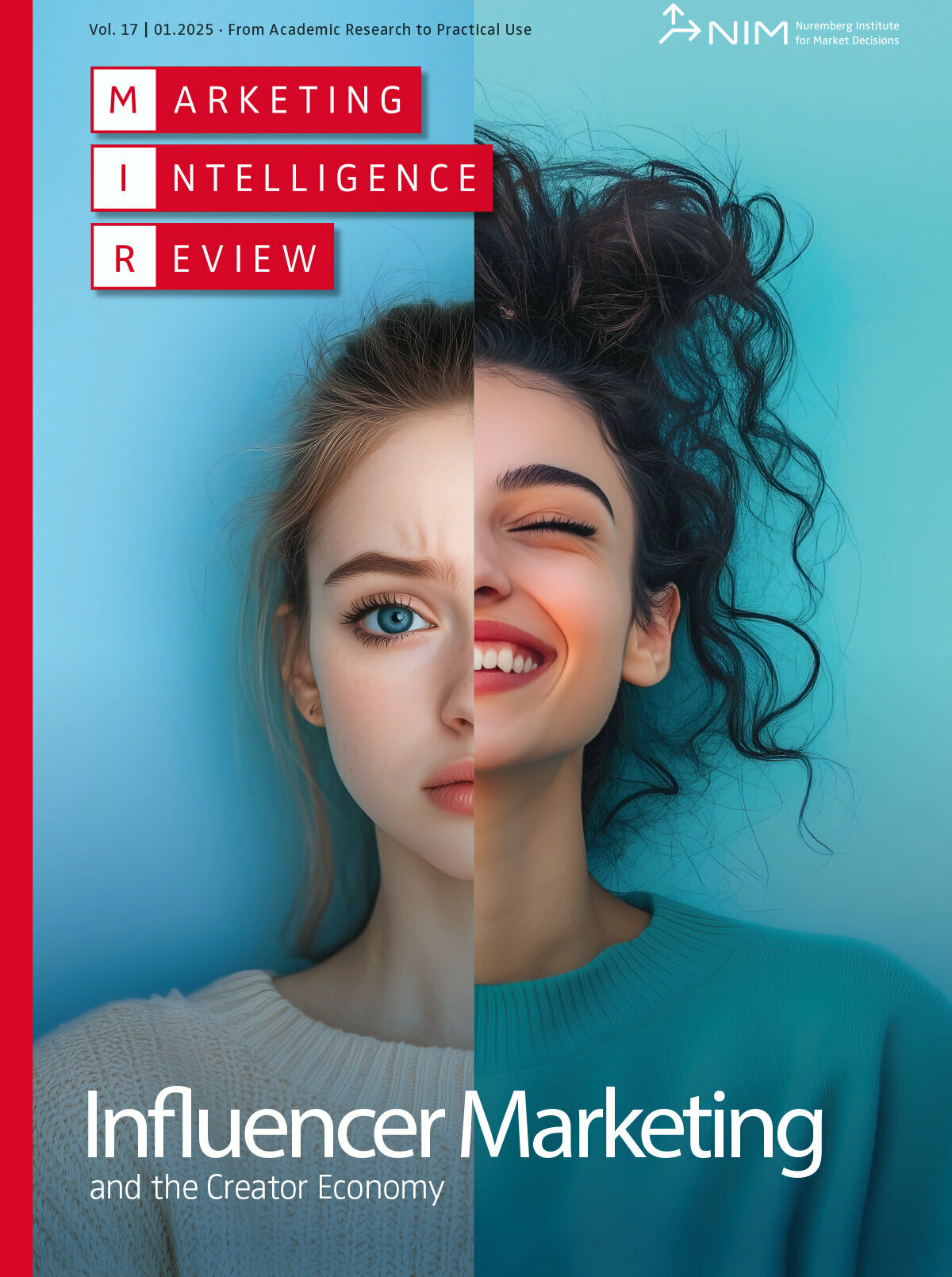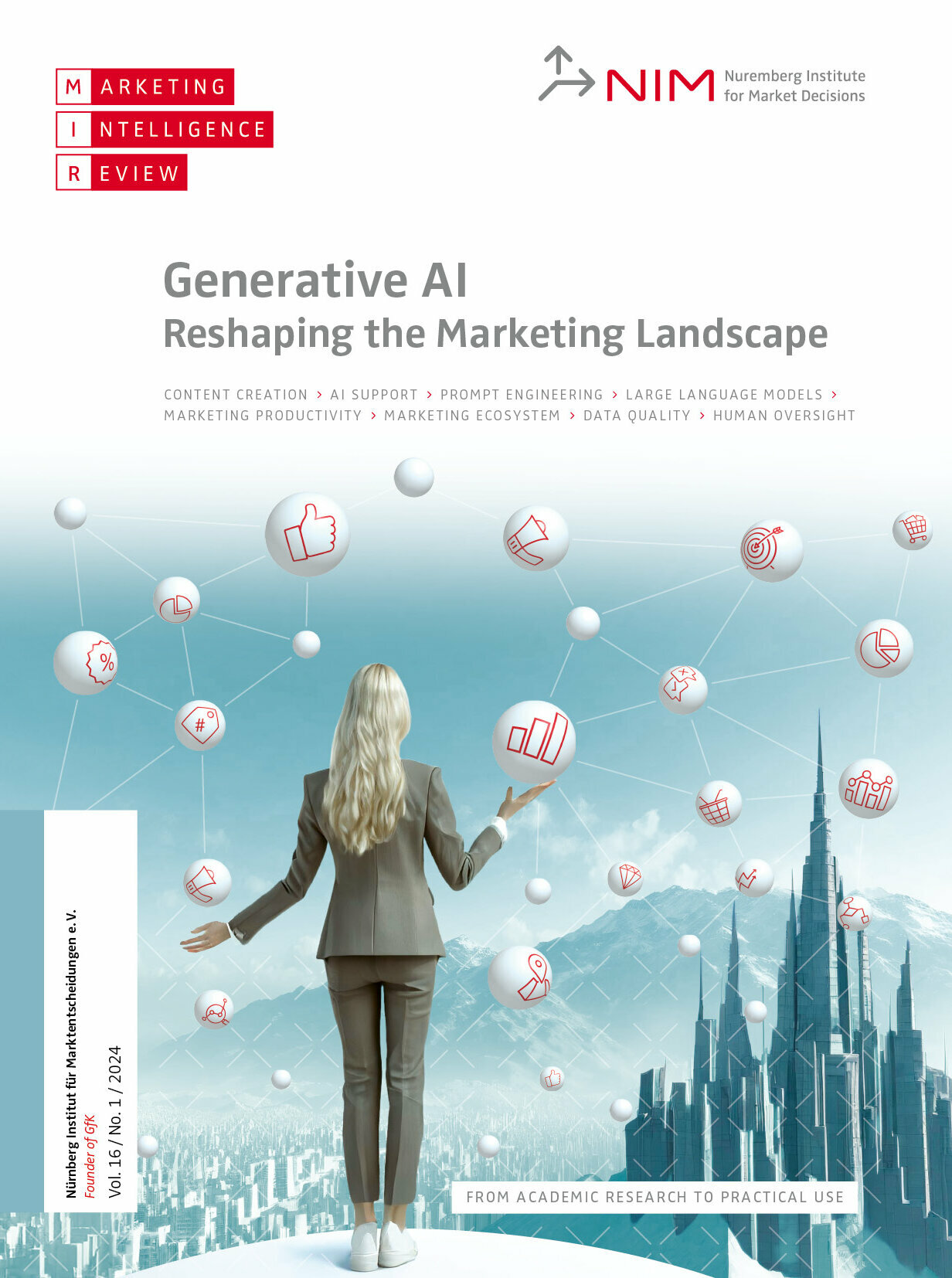Branding and the Risk Management Imperative
Susan Fournier and Shuba Srinivasan
In an increasingly risky socioeconomic environment, management needs to proactively consider brand-related risks. To understand brands as tools for risk management, they need to understand four types of brand risk: brand reputation risk, brand dilution risk, brand cannibalization risk and brand stretch risk.
Risk management is not a natural act for brand managers trained in astute execution of the 4 Ps, and contemporary market factors make this more challenging still. With an increasingly polarized society, it is almost impossible for brands to remain untouched by ideologies. In addition, the growth in digital advertising gives brand managers less control over advertising placement and context, and the mandate to keep growing adds executional risk.
The more exposed a brand is to brand risk, the more attention this topic will need in the boardroom. To shift a company’s marketing philosophy toward risk, it is important to define marketing competences in a broader way, to be self-critical and to be proactive.
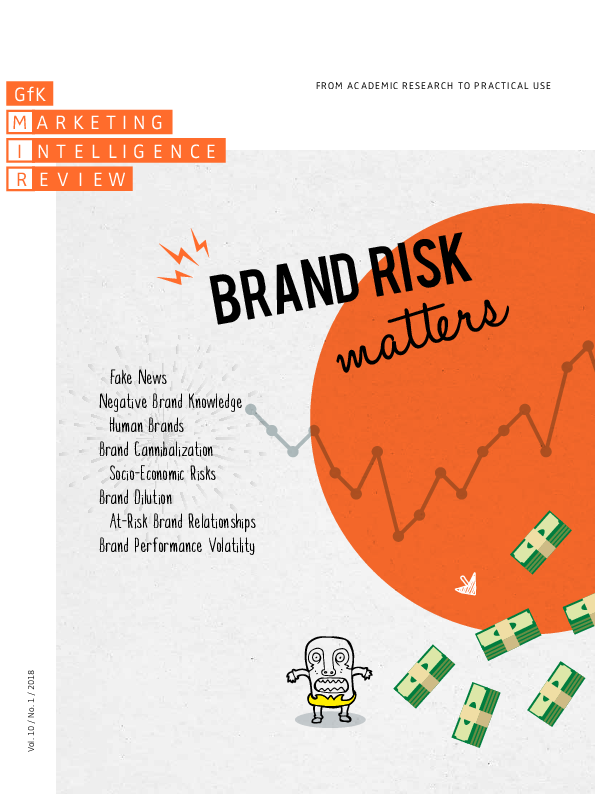
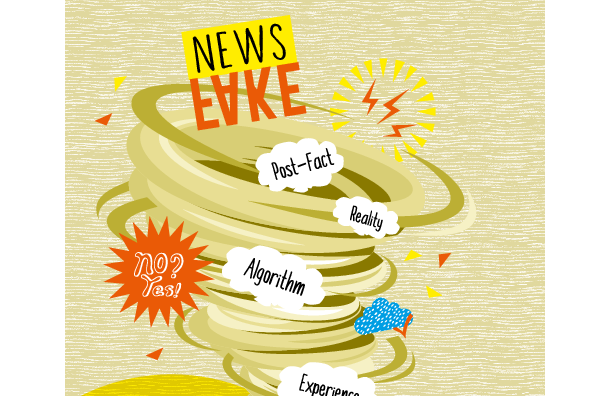
![[Translate to English:] [Translate to English:]](/fileadmin/_processed_/f/c/csm_walker_vol_10_no_1_deutsch_a7ffbc6e15.png)
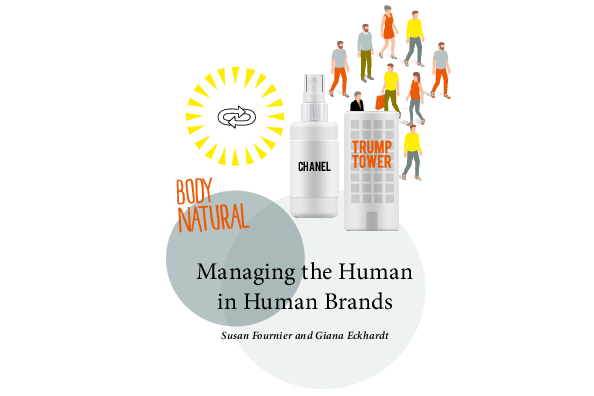
![[Translate to English:] [Translate to English:]](/fileadmin/_processed_/9/1/csm_mason_jayaram_vol_10_no_1_deutsch_595d7ce28d.png)
![[Translate to English:] [Translate to English:]](/fileadmin/_processed_/9/d/csm_monga_hsu_vol_10_no_1_deutsch_16af7fb030.png)
![[Translate to English:] [Translate to English:]](/fileadmin/_processed_/9/e/csm_fischer_ea_vol_10_no_1_deutsch_49d6278aab.png)
![[Translate to English:] [Translate to English:]](/fileadmin/_processed_/7/7/csm_2018_gfk_mir_brand_risk_matters_eng_Kap7_b1292c0e7b.png)
![[Translate to English:] [Translate to English:]](/fileadmin/_processed_/1/a/csm_2018_gfk_mir_brand_risk_matters_eng_Kap8_867b15d70e.png)
